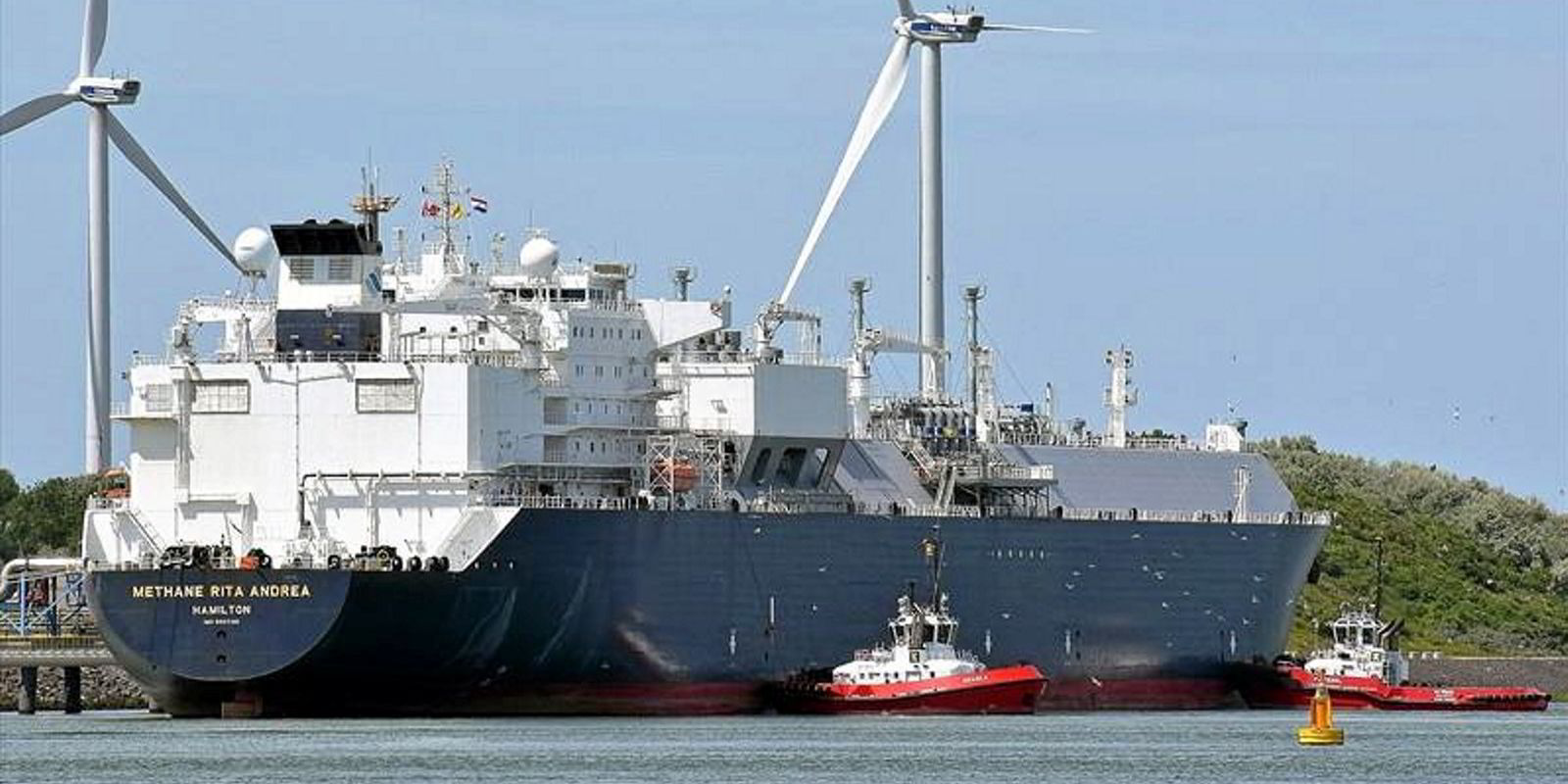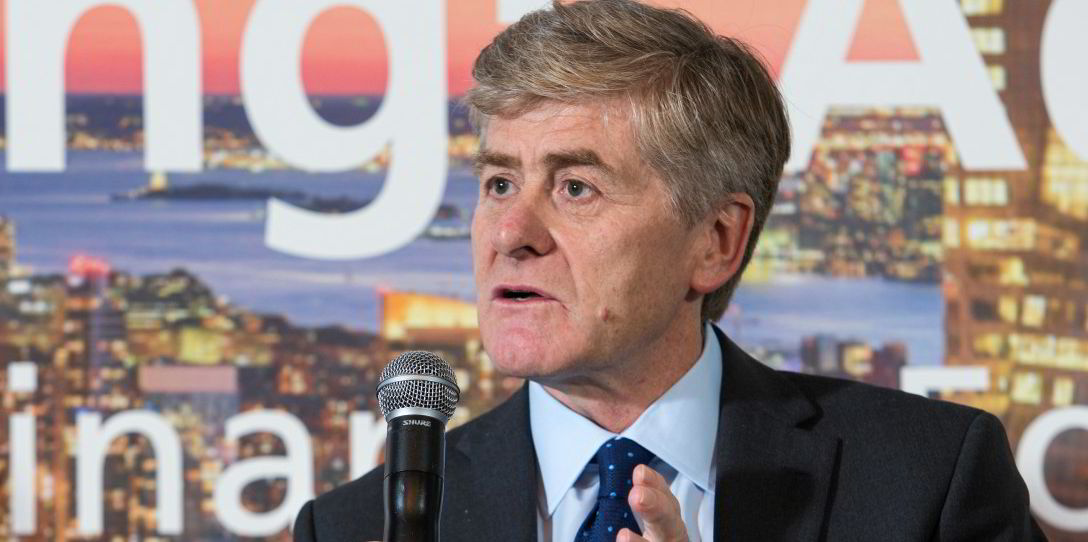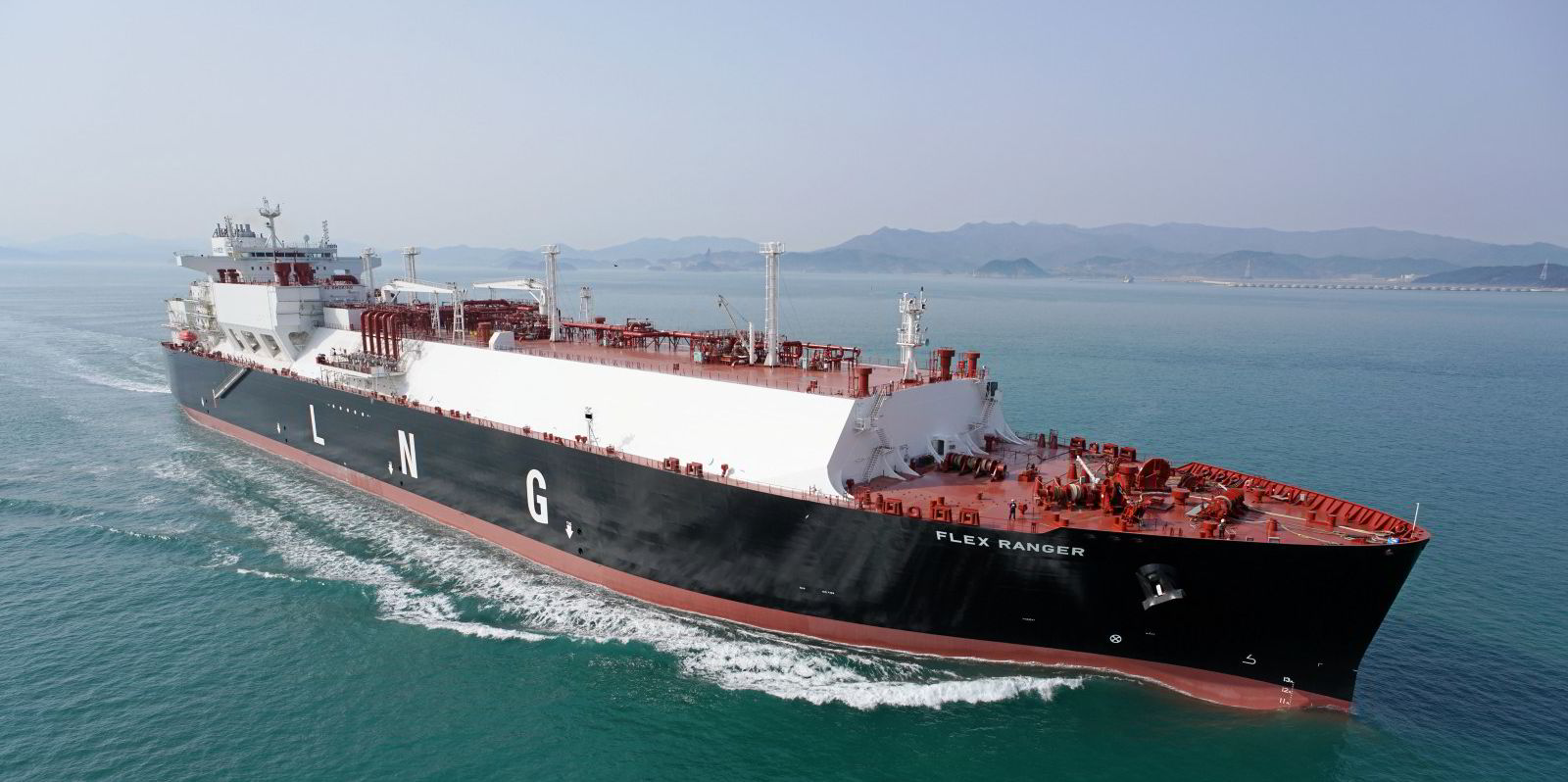GasLog Partners is looking at operating its LNG steam-turbine ships at lower speeds or modifying them to counter the effects of incoming International Maritime Organization regulations.
The moves are being considered ahead of the Energy Efficiency Existing Ship Index (EEXI) and the Carbon Intensity Indicator (CII), which are both measures to cut greenhouse gas emissions.
Speaking in the company’s first-quarter results call, chief executive Paul Wogan said the introduction of the the rules could potentially impact steam-turbine ships as the least efficient vessels in the global LNG fleet.
The EEXI focuses on fuel efficiency standards, while the CII targets a vessel's operational efficiency.
Wogan said: “While these new rules have yet to be finalised, they have the potential to impact the remaining useful life and residual value of the partnership's steam fleet.”
He said the company is currently investigating mitigation measures, which may include operating these vessels at slower speeds or making efficiency modifications.
Industry challenge
He highlighted that steam-turbine vessels constitute nearly 40% of the global LNG fleet, which he said makes the issue “an industry-wide challenge” with the “potential to risk tonnage availability, if not carefully implemented”.
Wogan added that GasLog Partners expects to opportunistically modernise and grow its fleet through the purchase of new, and disposal of older assets — particularly considering the new environmental regulations.
GasLog Partners reported a jump in first-quarter profit, up to $35.4m from $14.2m in the same three months of 2020.
The company attributed the boost to the decrease in financial costs and shrinking derivative losses.
Charters expire
Revenue slipped to $87m from $91m in the corresponding quarter of last year.
GasLog said this was largely due to multi-year charters with Shell expiring on three steam-turbine vessels — the 145,000-cbm Methane Rita Andrea (built 2006), and the Methane Shirley Elisabeth and Methane Heather Sally (both built 2007).
However, Wogan said this was largely offset by a robust spot market for LNG carriers during the winter in the northern hemisphere, combined with cost reductions and lower interest expenses.
Cautiously upbeat
Turning to the market, Wogan pointed to Poten & Partners data that showed 93 spot and a record 18 period LNG fixtures had been concluded during the first quarter.
He said headline spot rates have risen sharply in recent weeks and are now above the upper band of their five-year range.
“We expect the LNG carrier spot market to improve through 2021 relative to 2020, assuming the worldwide economy continues to recover,” he said.
But he added that this was not certain due to the spikes in Covid-19 outbreaks, pointing to the diversion of six cargoes from India where infections have soared.
Wogan said the company expects to see continued LNG restocking in Asia and Europe, which is positive for shipping.
He said the LNG carrier orderbook remains high, with half of the 54 deliveries due this year still scheduled for handover.
Wogan added that 87% of the ships on order now have multi-year employment, with just seven unfixed vessels remaining. But he said the deliveries still have the potential of offset volumes and tonne-mile growth.







